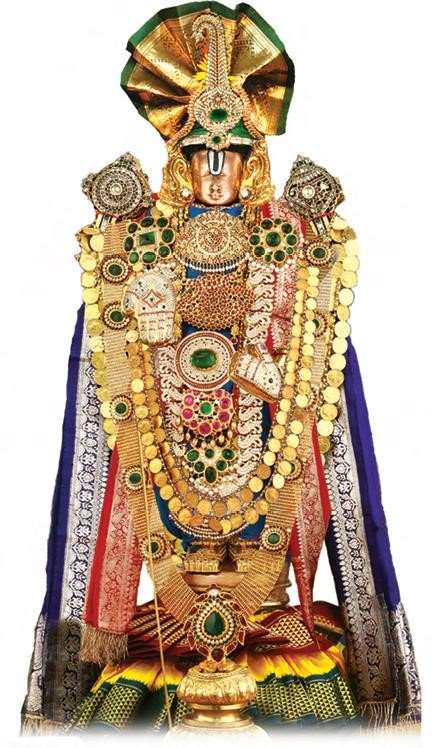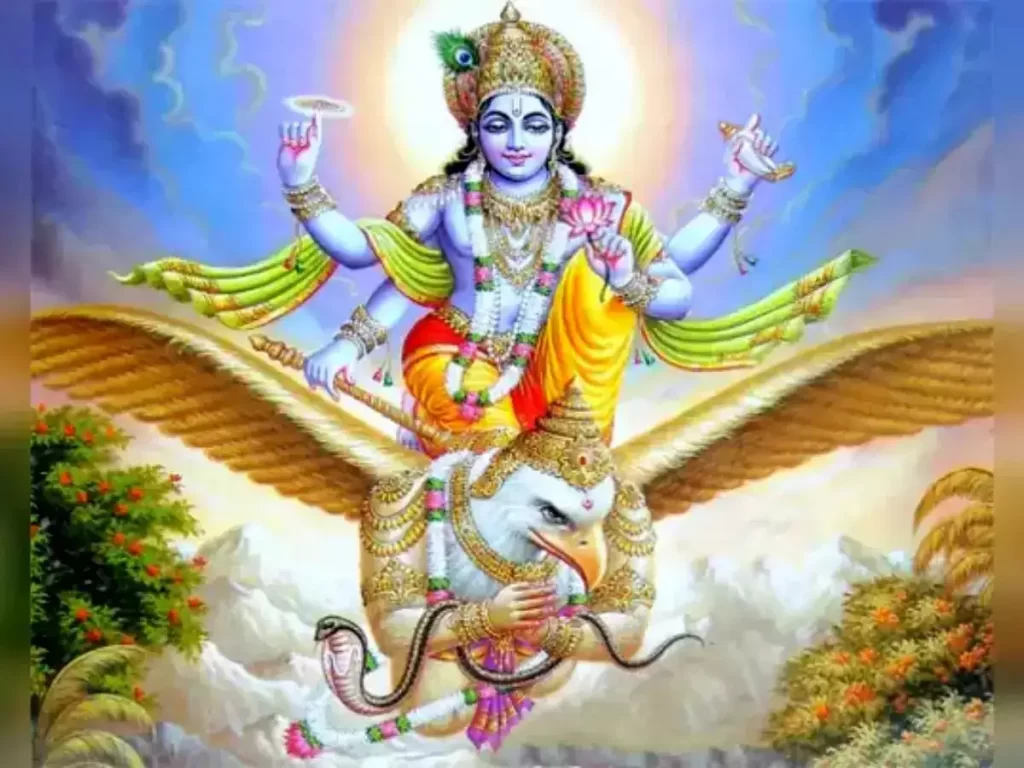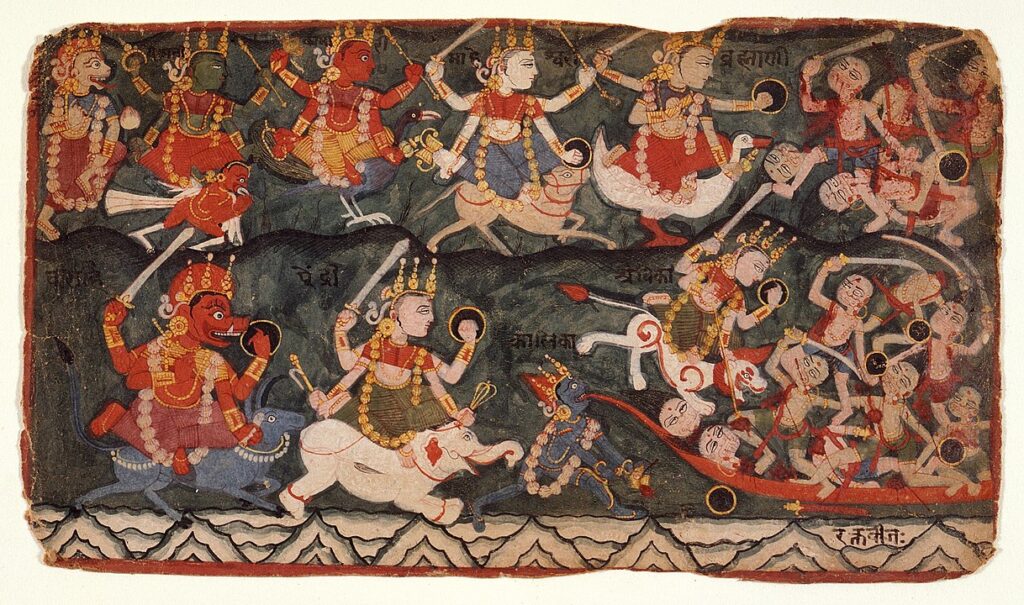Tirumala Sri Vari – Navaratri Brahmotsavams The divine name, “Venkateswara” means the Supreme Lord who removes sins, and blesses us with Nectar, Energy, Prosperity & Wealth. Lord Venkateswara is considered the “Kali-Yuga Varada”, that is ‘the boon-granting Lord of “Kali- Yuga”. It is believed that Lord Sri Venkateswara enjoys Utsavams-(according to scriptures the Lord is Read More
Tag: Garuda Vahanam
The divine Garuda is the wonderful mount of Lord Vishnu. He is a symbol of impetuous violent force, speed, courage, martial prowess and loyalty. Garuda Vahanam is most special..
Garuda – The Valiant
Article by Smt. D.K. Ahana Lakshmi Garuda – Pakshiraja Garuda is described as Pakshiraja, the king of Birds. All of us recognize him as the vahana or mount of Lord Vishnu. When you enter a Vishnu temple, there is an image or icon of Garuda at the entrance. He is celebrated as ‘Periya Thiruvadi’ just Read More
The Divine Vahanas of gods and goddesses
– Smt. T.S. Rajalakshmi Divine Vahanas Vahana in Sanskrit means “that which carries,” a vehicle for Gods and Goddesses. All Gods and Goddesses have their vehicles (Divine Vahanas or Vahanams). The vehicle may be a bird or an animal. Yet, they too are considered with high respect and offered prayers. They become vehicles to serve Read More



